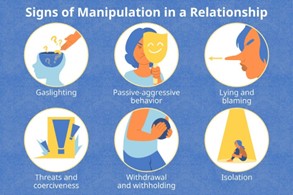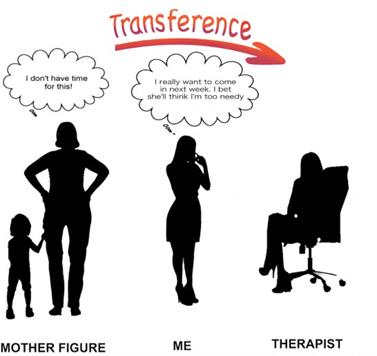The nurse provides care for clients in the pediatric clinic. The nurse understands that according to Erikson Stages of Psychosocial development, trust and significant early attachments develop during which time period?
Birth to 18 months
3 to 5 years
6 to 12 years
2 to 3 years
The Correct Answer is A
According to Erikson's Stages of Psychosocial Development, the first stage is Trust vs. Mistrust, which occurs during the first 18 months of life. During this stage, infants learn to trust their caregivers and develop a sense of security and comfort in their environment. This is accomplished through consistent and responsive caregiving, including meeting the infant's physical and emotional needs.
Therefore, it is crucial for the nurse to understand the importance of building trust and significant early attachments during the first 18 months of life to promote healthy psychosocial development in pediatric clients.
Nursing Test Bank
Naxlex Comprehensive Predictor Exams
Related Questions
Correct Answer is C
Explanation
Manipulative behavior is not acceptable in any situation, and it is important for the nurse to set clear boundaries and expectations with the client. Allowing manipulation can enable the client's behavior and reinforce it. Avoiding discussing past or present manipulative behaviors with the client may not effectively address the issue and could potentially worsen the behavior. Bargaining with the client can also reinforce manipulative behavior.
Therefore, instituting consequences for manipulative behavior is the most appropriate intervention to include in the plan of care. This could involve setting clear limits on what is acceptable behavior and consistently enforcing consequences when those limits are exceeded. The consequences should be communicated clearly to the client, and the nurse should work with the client to identify more appropriate ways to communicate their needs and concerns.

Correct Answer is B
Explanation
This statement by the patient suggests that they may be projecting their feelings, thoughts, and attitudes toward their parents and uncle onto the therapist. This projection is a common phenomenon in therapy and is known as transference. Transference occurs when a patient transfers emotions, desires, and expectations from one person to another, usually the therapist. It can be positive or negative and can affect the therapeutic relationship.
Therefore, the statement "Talking to you feels like talking to my parents and uncle" is a clear indication of transference and should be carefully considered by the therapist in the ongoing therapy sessions. The therapist should explore the patient's feelings and experiences with their parents and uncle to better understand the nature of the transference and how it may be affecting the therapeutic process.

Whether you are a student looking to ace your exams or a practicing nurse seeking to enhance your expertise , our nursing education contents will empower you with the confidence and competence to make a difference in the lives of patients and become a respected leader in the healthcare field.
Visit Naxlex, invest in your future and unlock endless possibilities with our unparalleled nursing education contents today
Report Wrong Answer on the Current Question
Do you disagree with the answer? If yes, what is your expected answer? Explain.
Kindly be descriptive with the issue you are facing.
